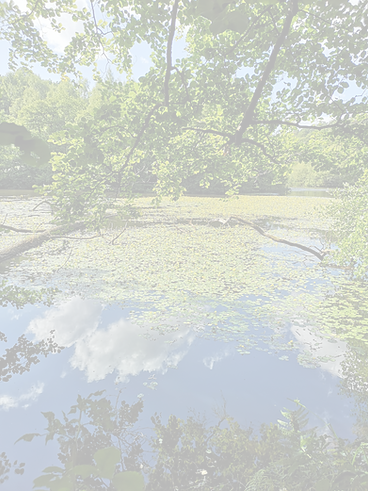
Mondays @ the DOJO & Thurs @ Islington Ecology Centre
A new Mindfulness Course starts this spring.
For more upcoming events, scroll down on the Home page.
To find support for your home practice, explore Gallery and Blog.
Subscribe below to receive the occasional news.

Mindful Qigong | Mindfulness | Nature-based practice
an ancient tool for living well
with peace and harmony
in modern times
OPEN GROUND
for human and planetary wellbeing
"Stand still. The forest knows where you are. You must let it find you"
David Wagoner

What is Qigong?
氣
��功
是
什
麽
Qigong (氣功), a moving meditation, literally meaning the cultivation of Qi (vital energy), is an ancient internal art originating from China and based on principles of Traditional Chinese Medicine. It is inherently a mindfulness practice integrating the body, mind and heart, which cannot be separated.
It has been practised for thousands of years for general wellbeing and healing, and as a spiritual practice. In modern days it has been used as a prevention and rehabilitation approach for various conditions, such as fibromyalgia, Parkinson’s disease, high blood pressure, cardiovascular disease, anxiety and depression. It can also:
-
reduce stress and anxiety
-
lower inflammation
-
strengthen the immune system
-
improve heart, brain, digestive health
-
increase telomerase activity, i.e., slow cellular ageing (Tiwari et al., 2017)
For vitality, emotional and spiritual wellbeing
The practice involves:
-
gentle and accessible Qigong movements and postures in stillness, which energise and ground the body and mind, unblocking stagnation and releasing tension as the Qi flows naturally
-
a playful way to explore the body and mind with deep listening and feeling
The workshops are:
-
a rejuventating time where participants find themselves both relaxed and energised
-
a practice of integration (mind, body and heart; human and nature; functional and structural integration within the brain)
-
training for focused attention, kind intention and open awareness
Through this embodied practice, we cultivate mindful awareness, allow emergence, come out of what we are not, and come in the stillness while flowing.
Upcoming workshops

 Multiple Dates
Multiple Dates
 Multiple Dates
Multiple Dates
What People Say
Contact me

Working with



.jpeg)




